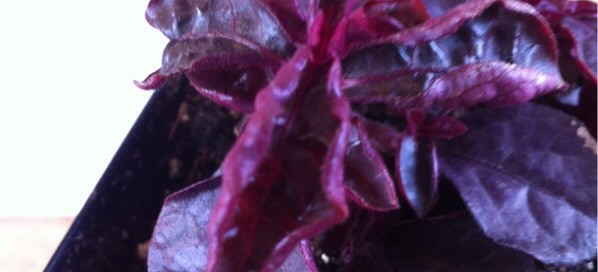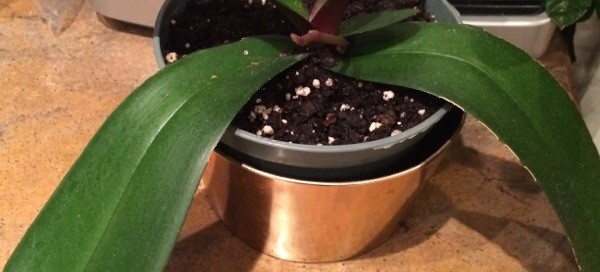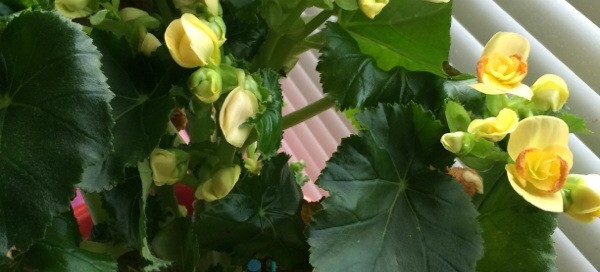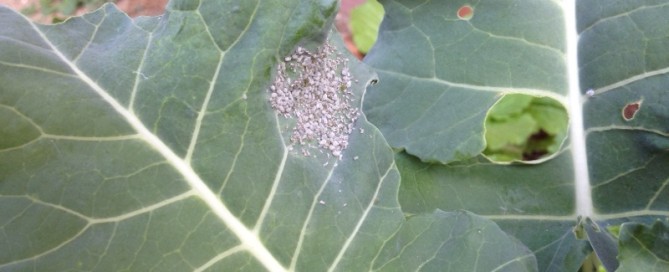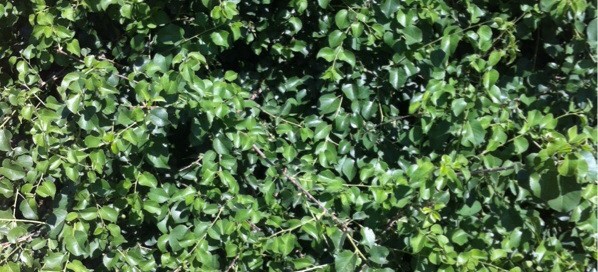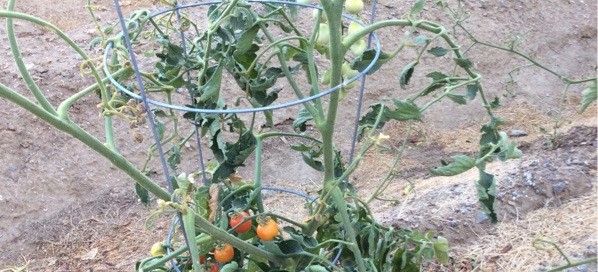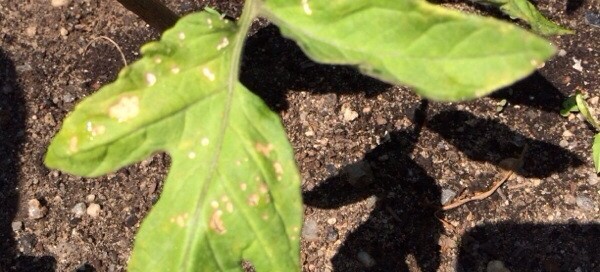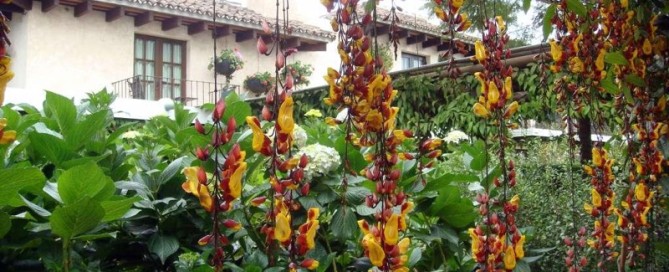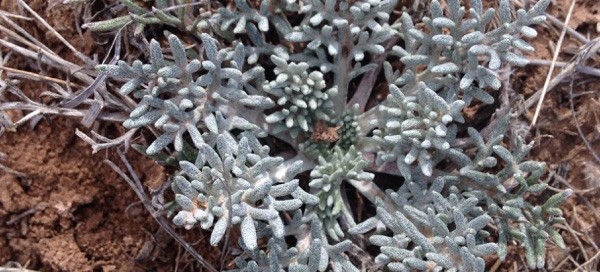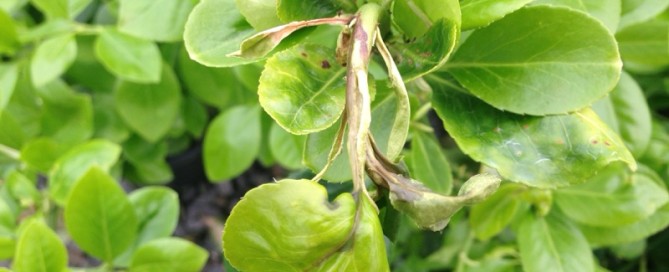Iresine
Your Iresine, possibly I. herbstii. is part of a genus of flowering plants in the amaranth family, Amaranthaceae. It contains 20 to 25 species, all of which are native to the American tropics. In the north, they are considered houseplants and like good light, medium temps and even watering.
It may be getting too much water.
Smaller plants tend to thrive in partial shade, but as they grow they can tolerate more light. They are margin plants by nature, meaning they grow on the edge of forests and can withstand varied light levels.
Water: Regular moisture is essential. They aren't water plants, so don't waterlog them, but plants without adequate moisture will begin to develop brown leaf margins and dropping leaves. We recommend watering over the kitchen sink, letting the water run through, then letting the soil dry out a bit, especially on top.
Soil: Any good, fast-draining potting soil will likely do.
